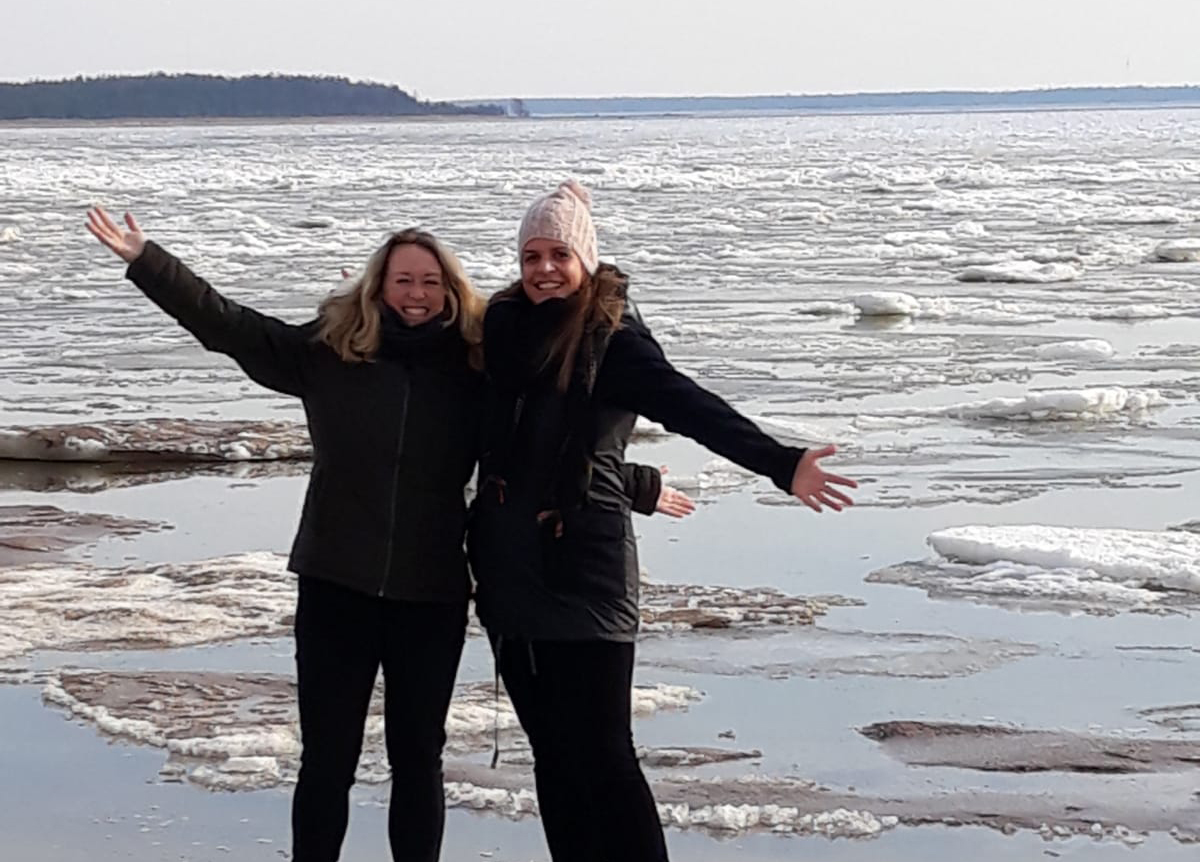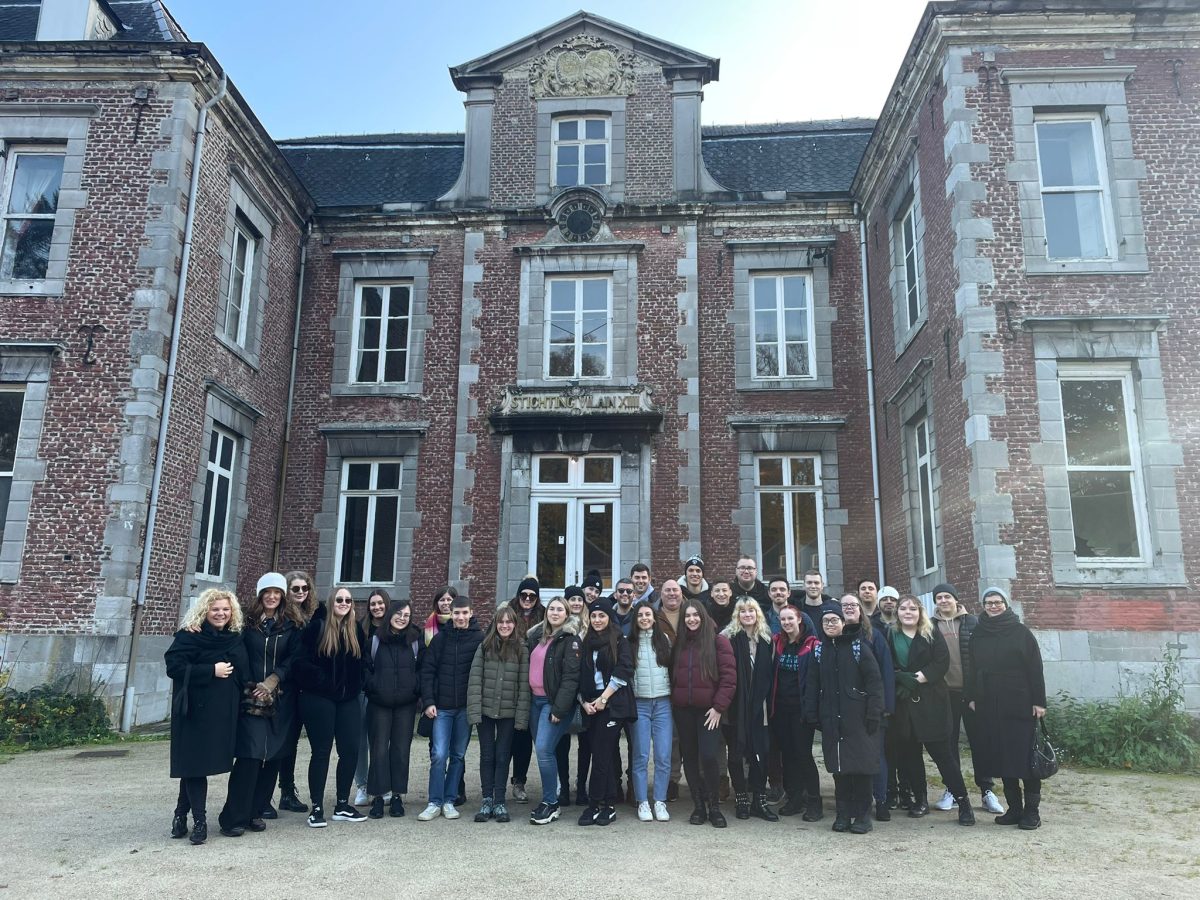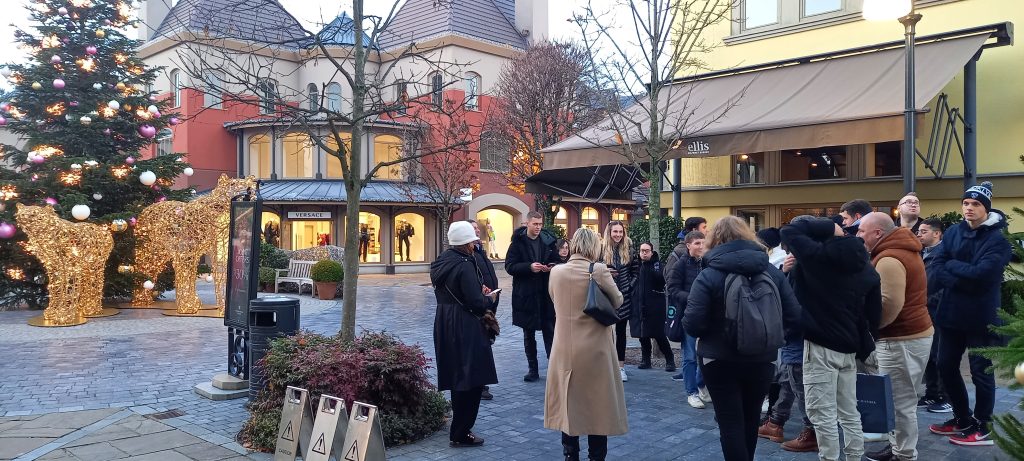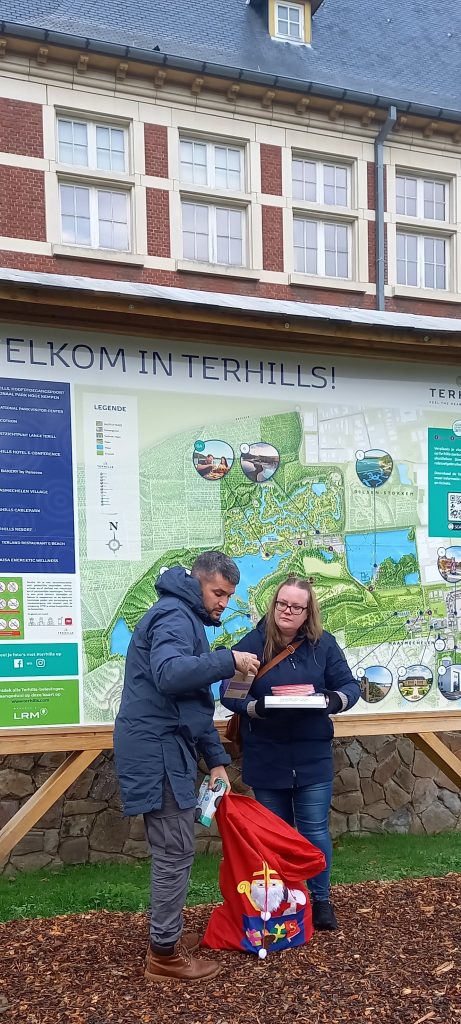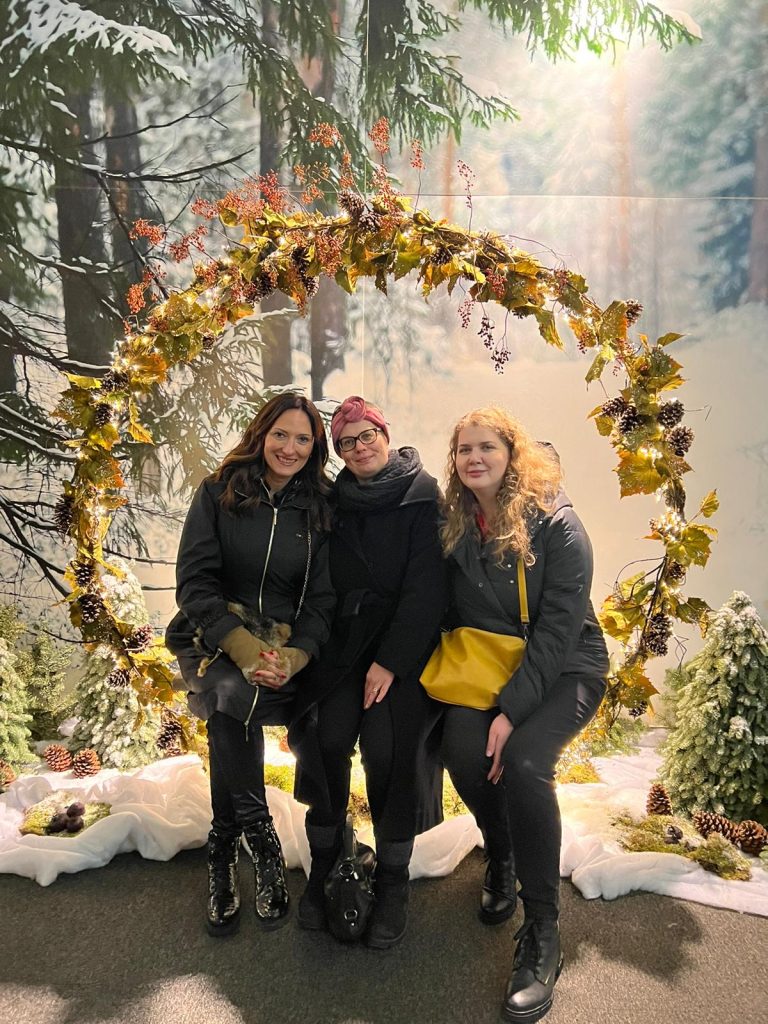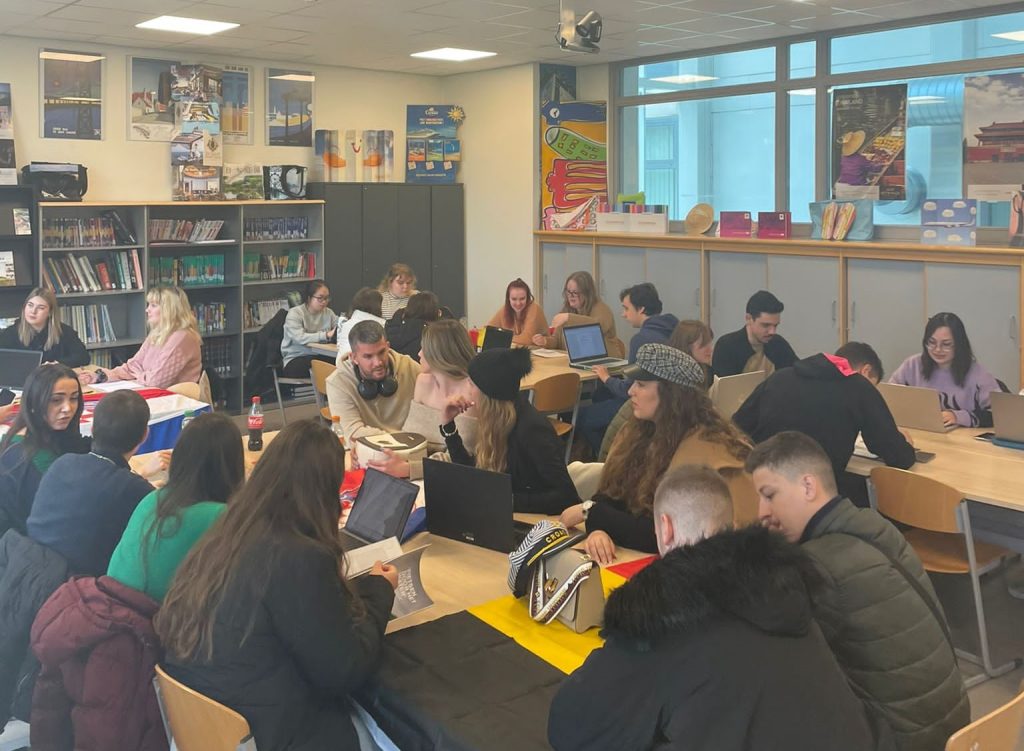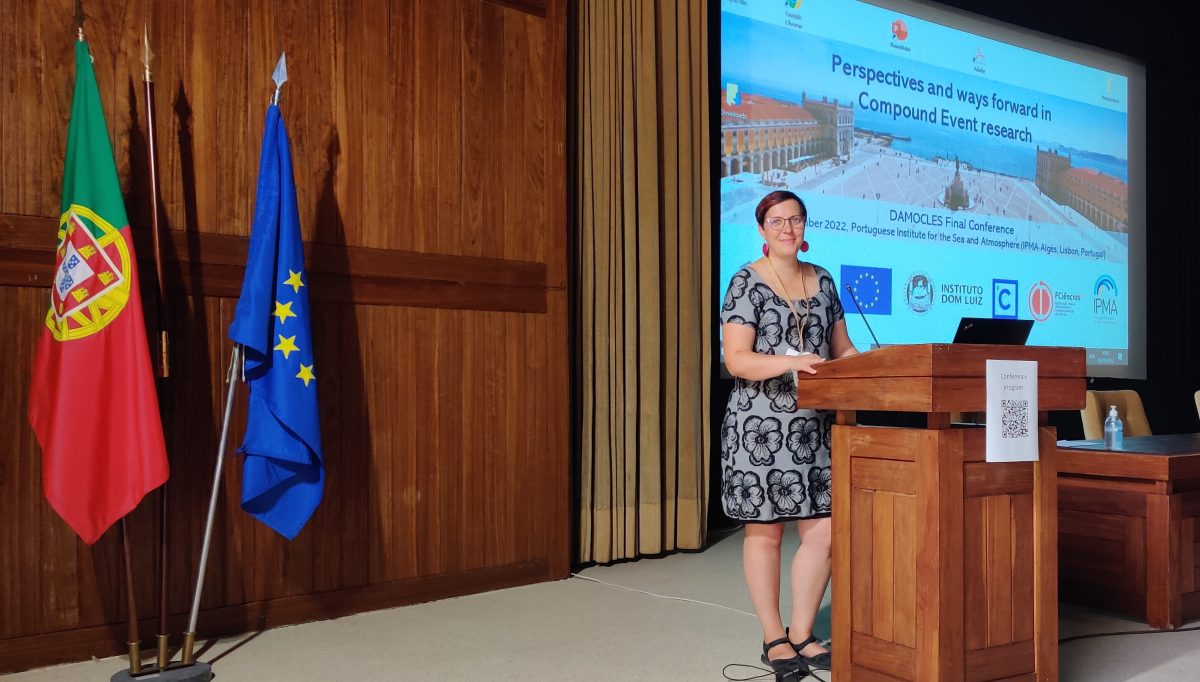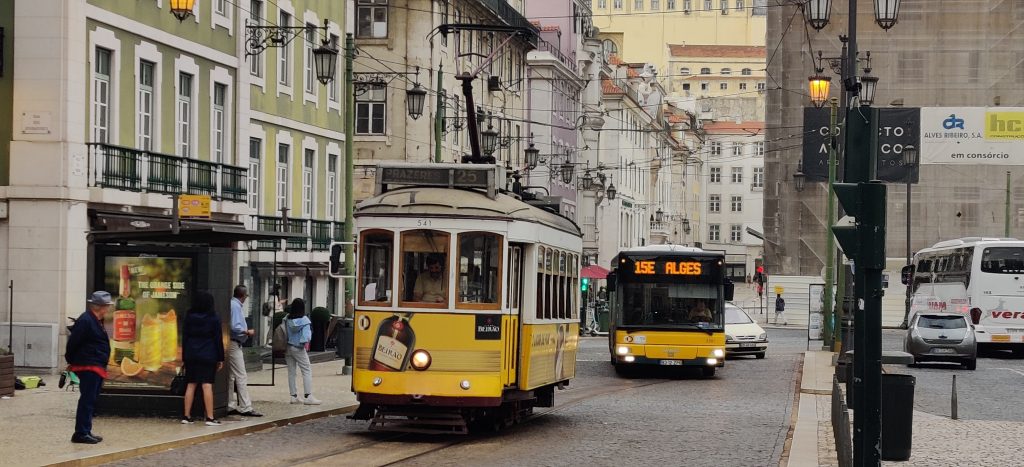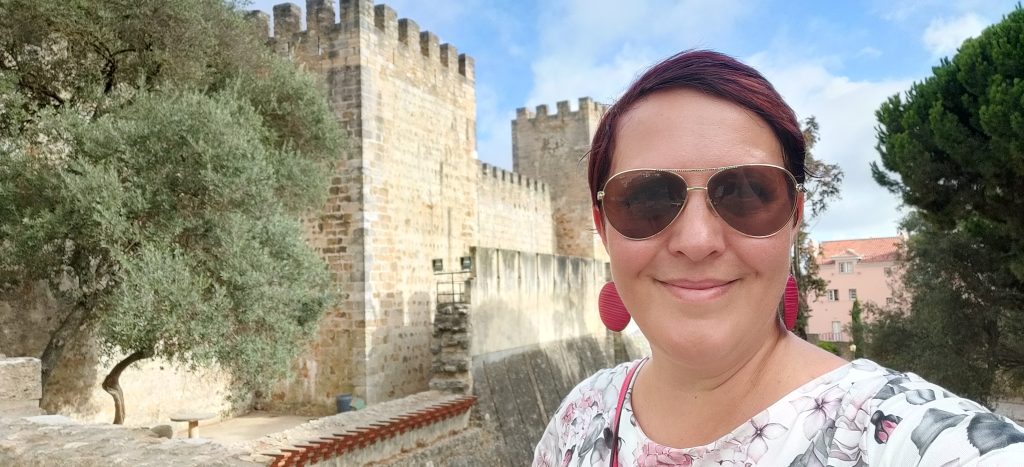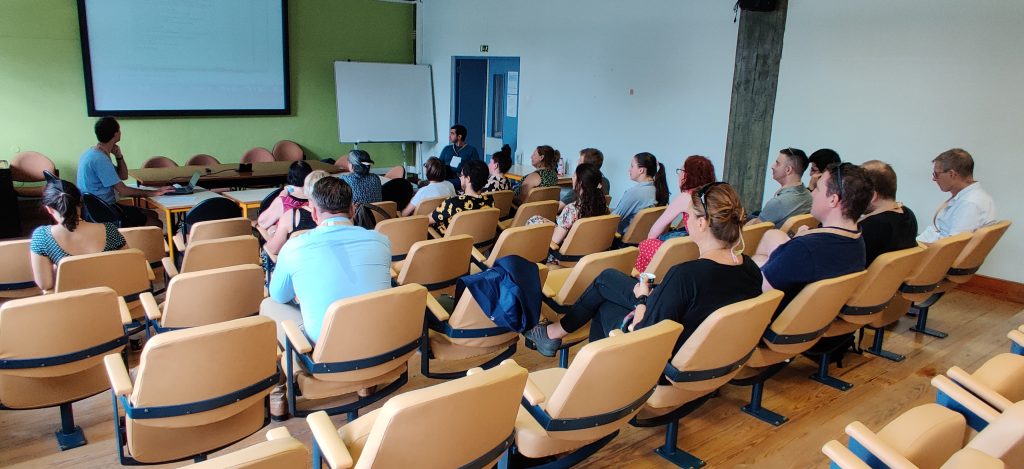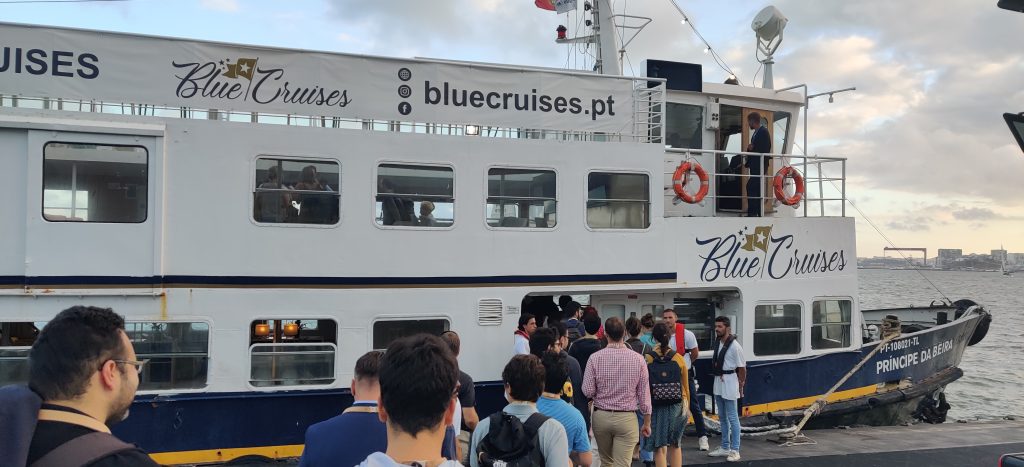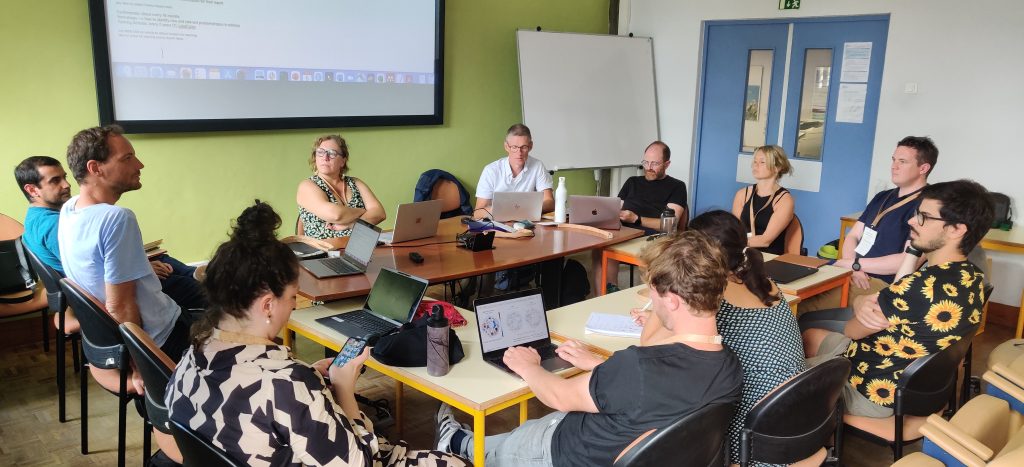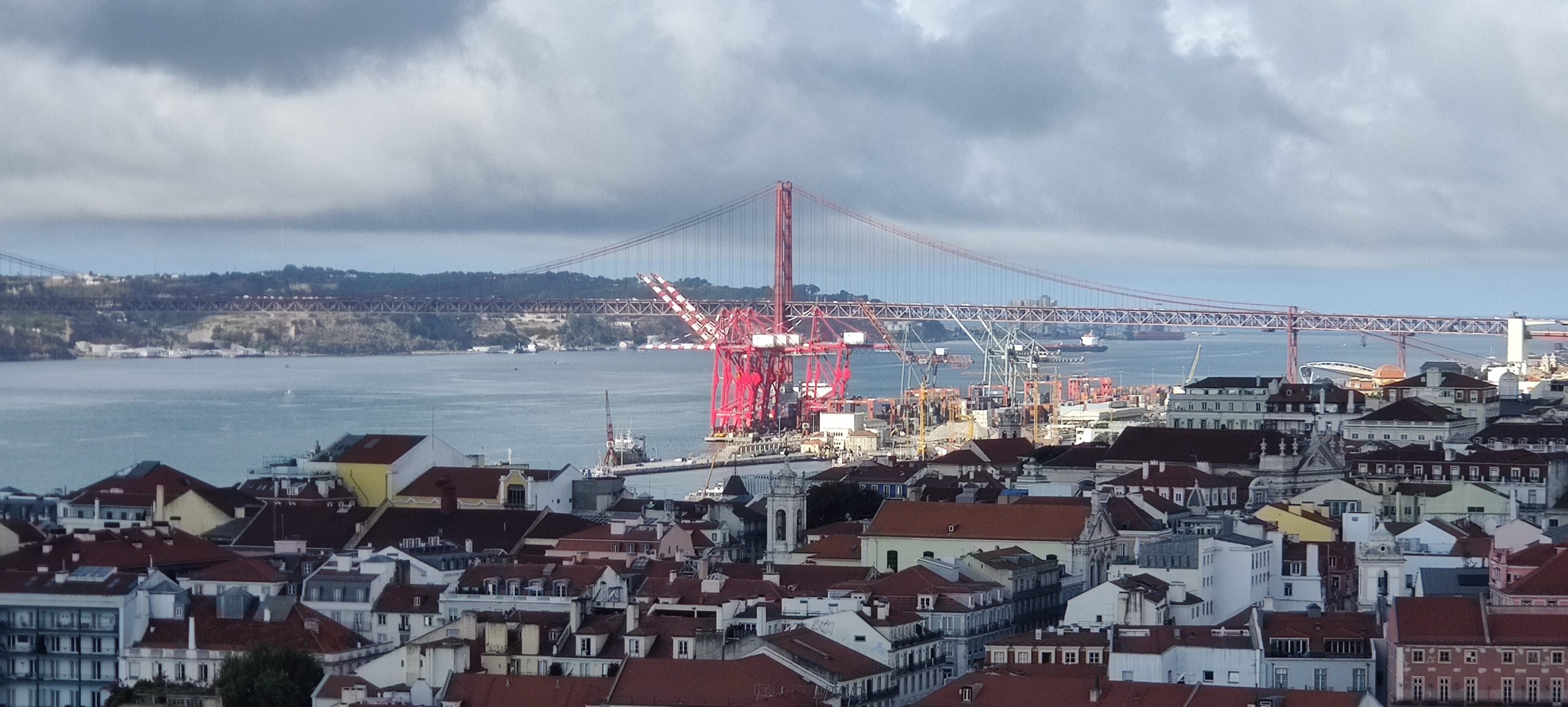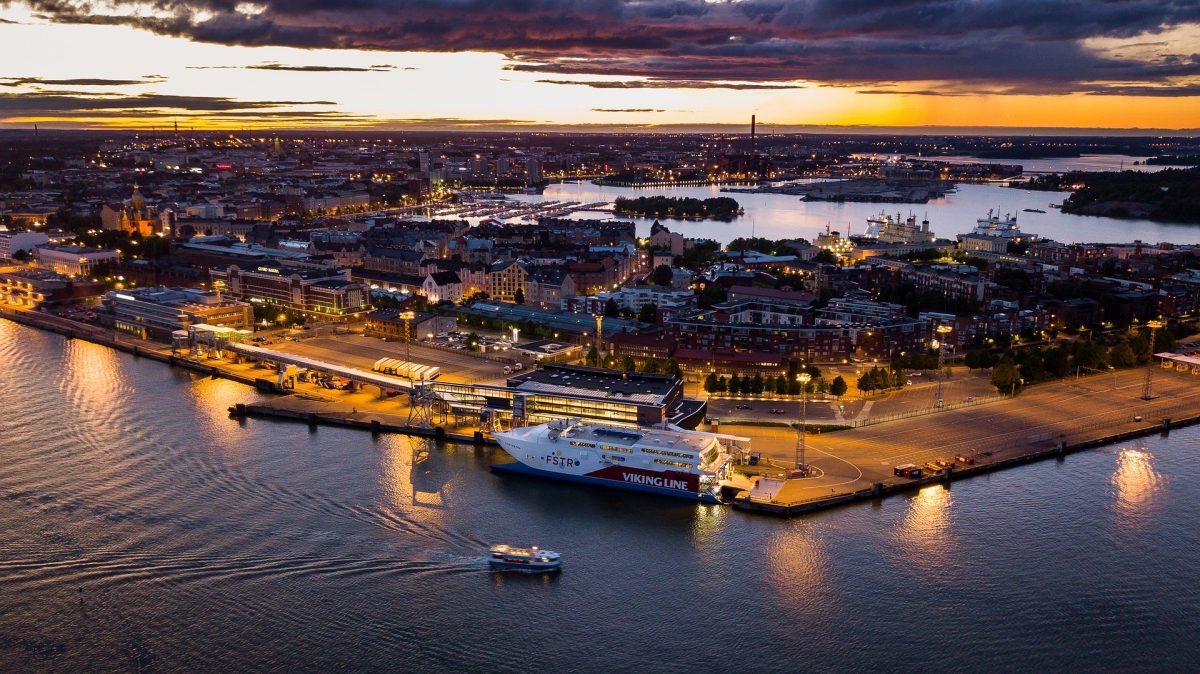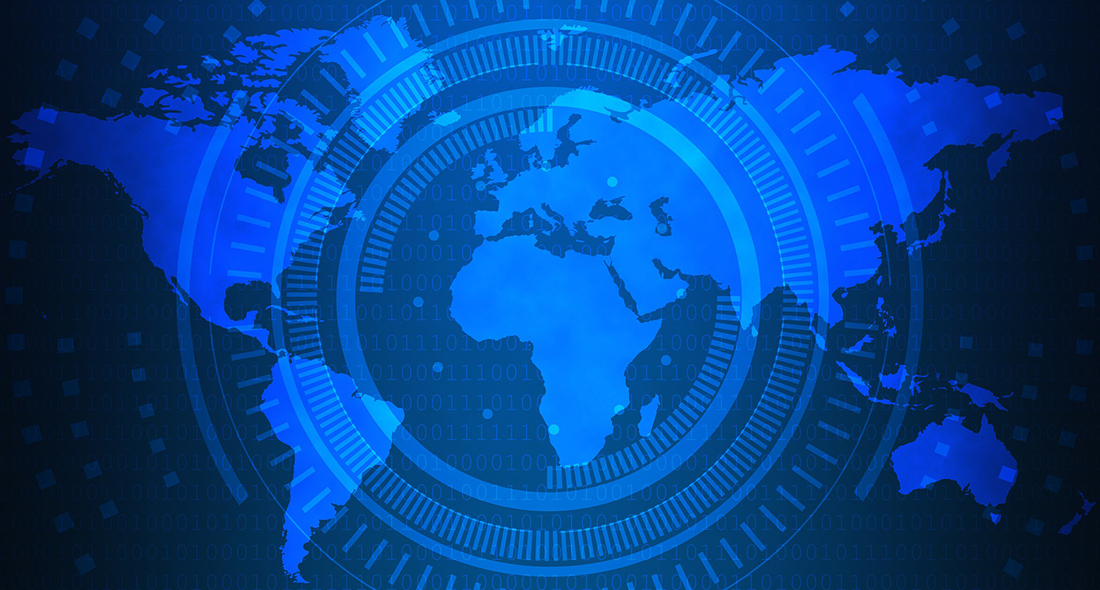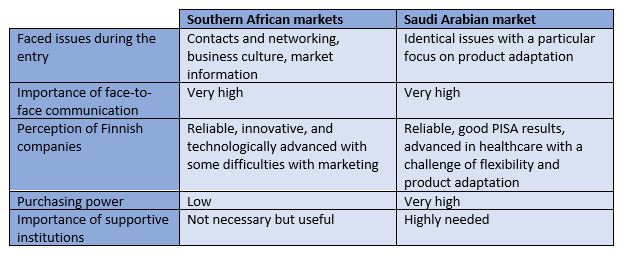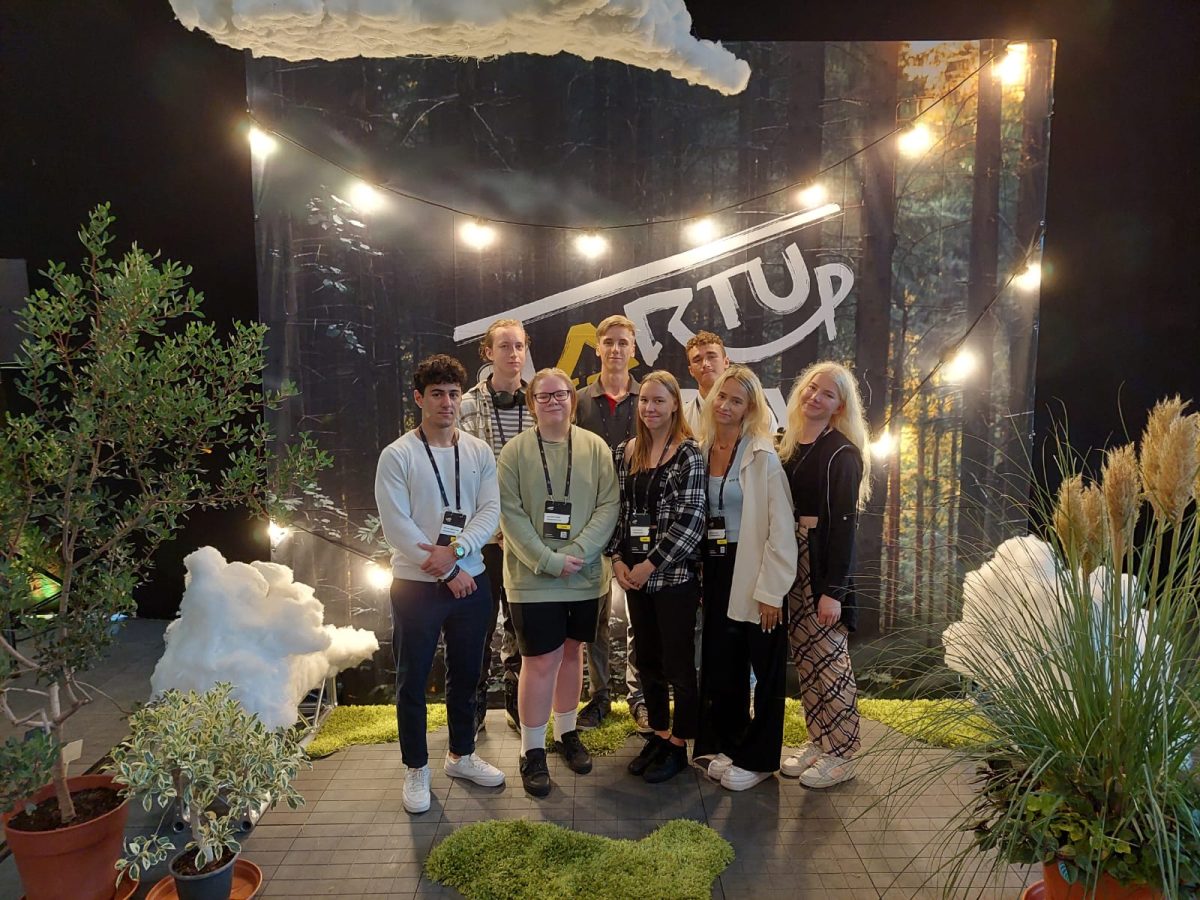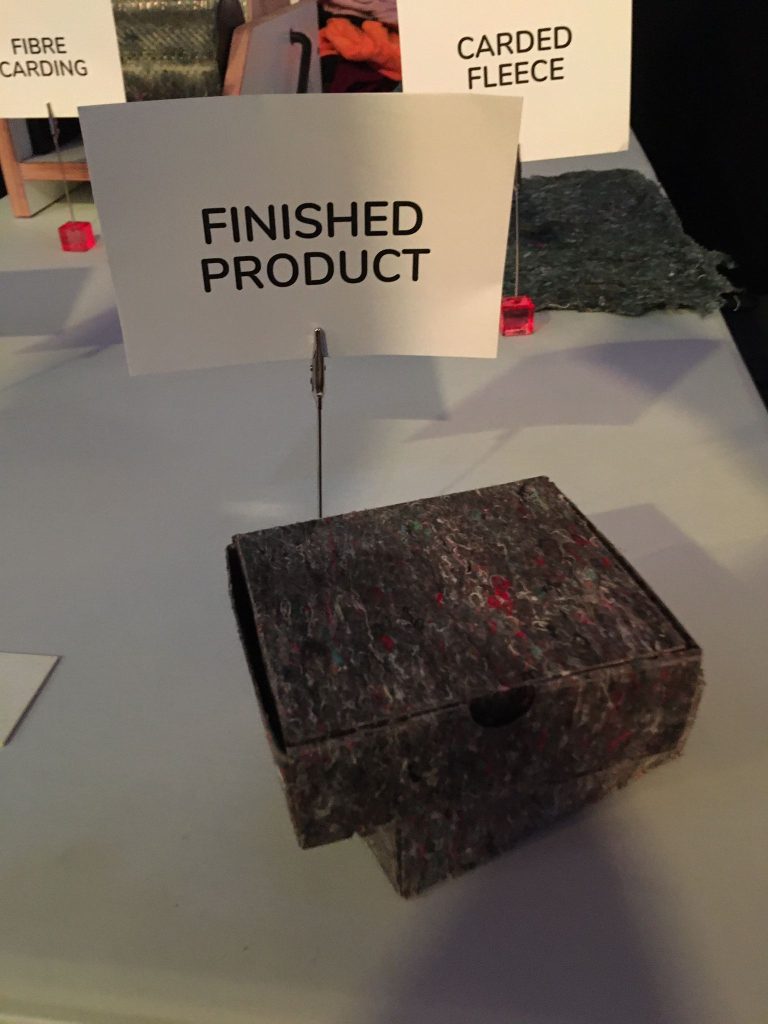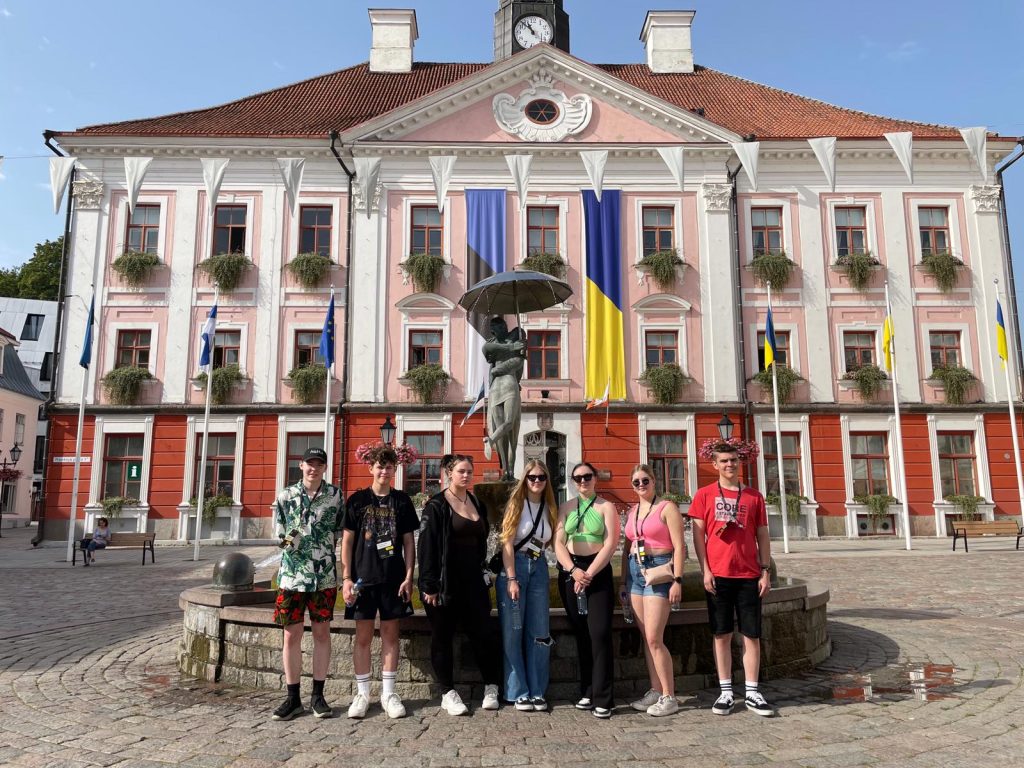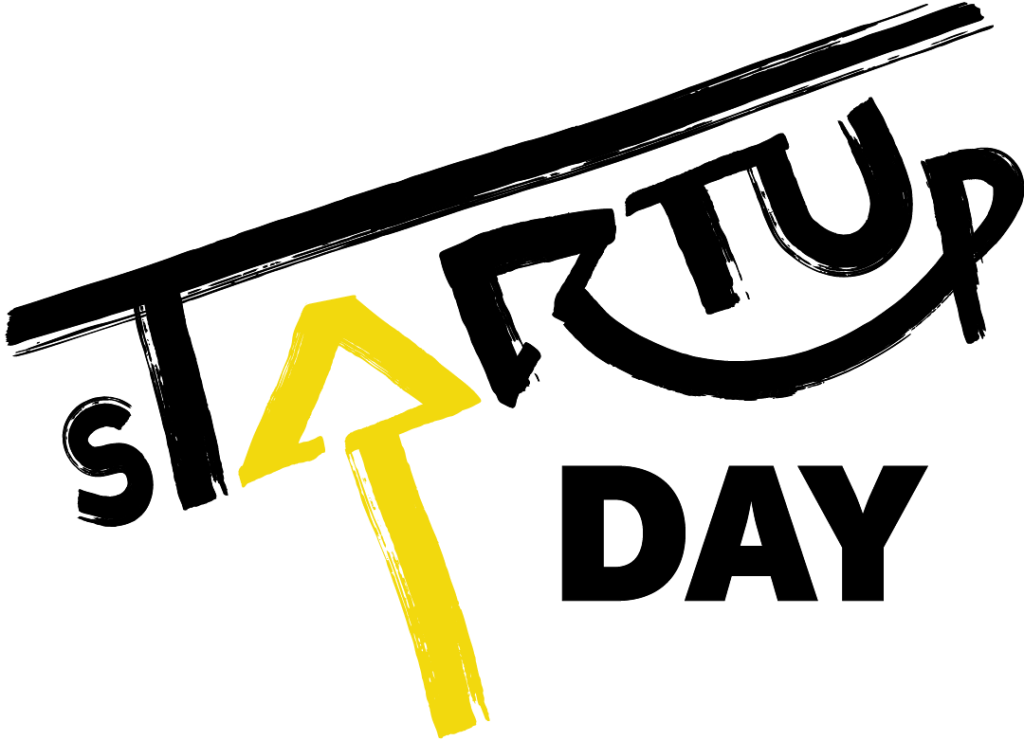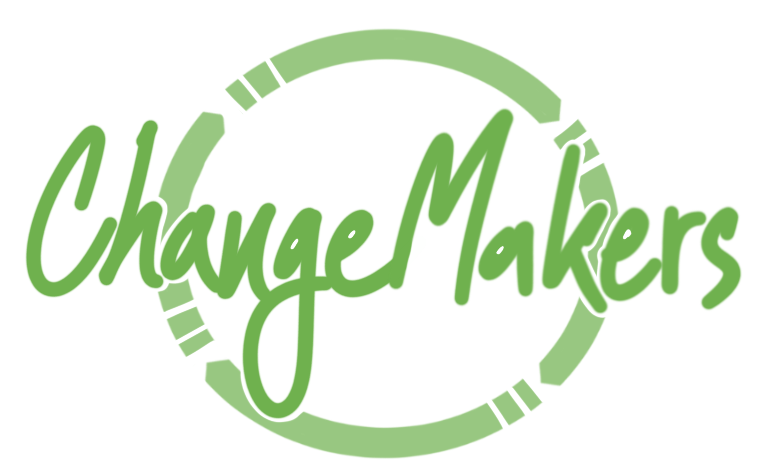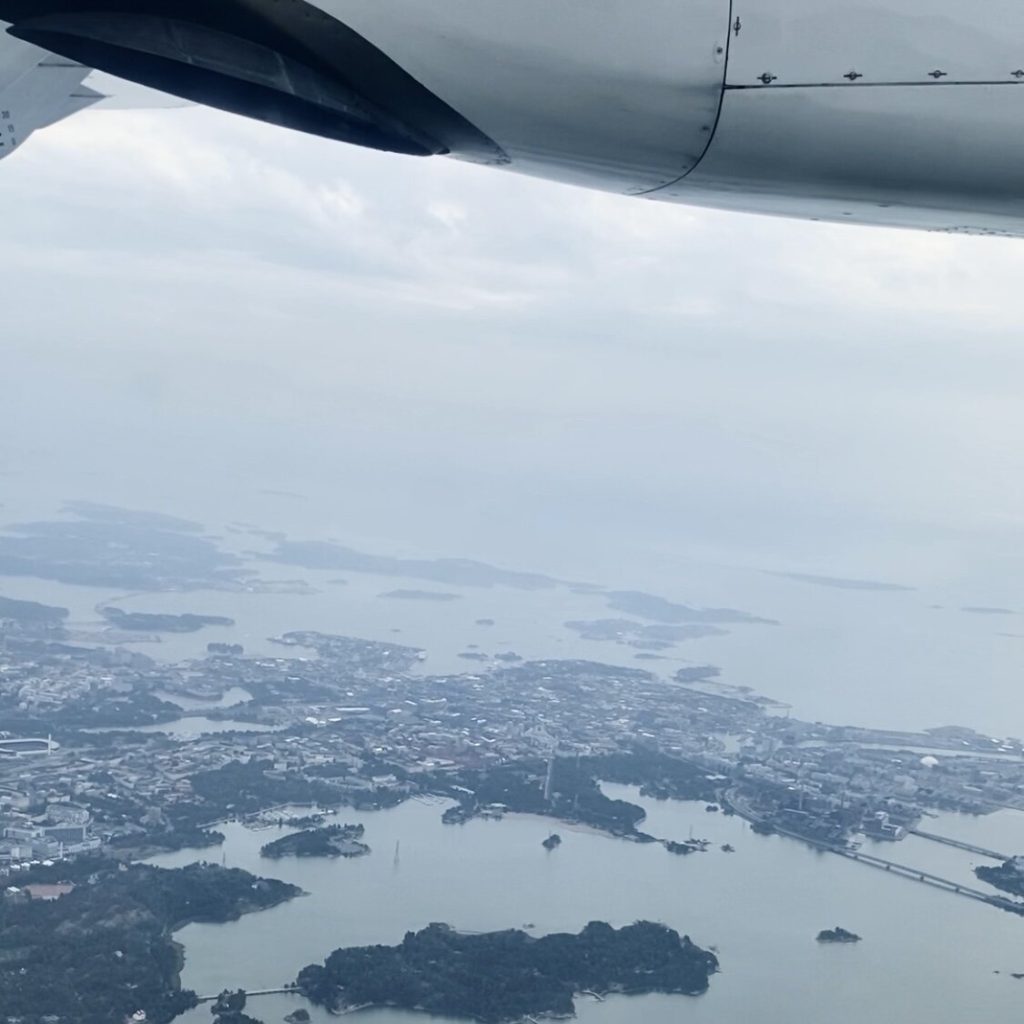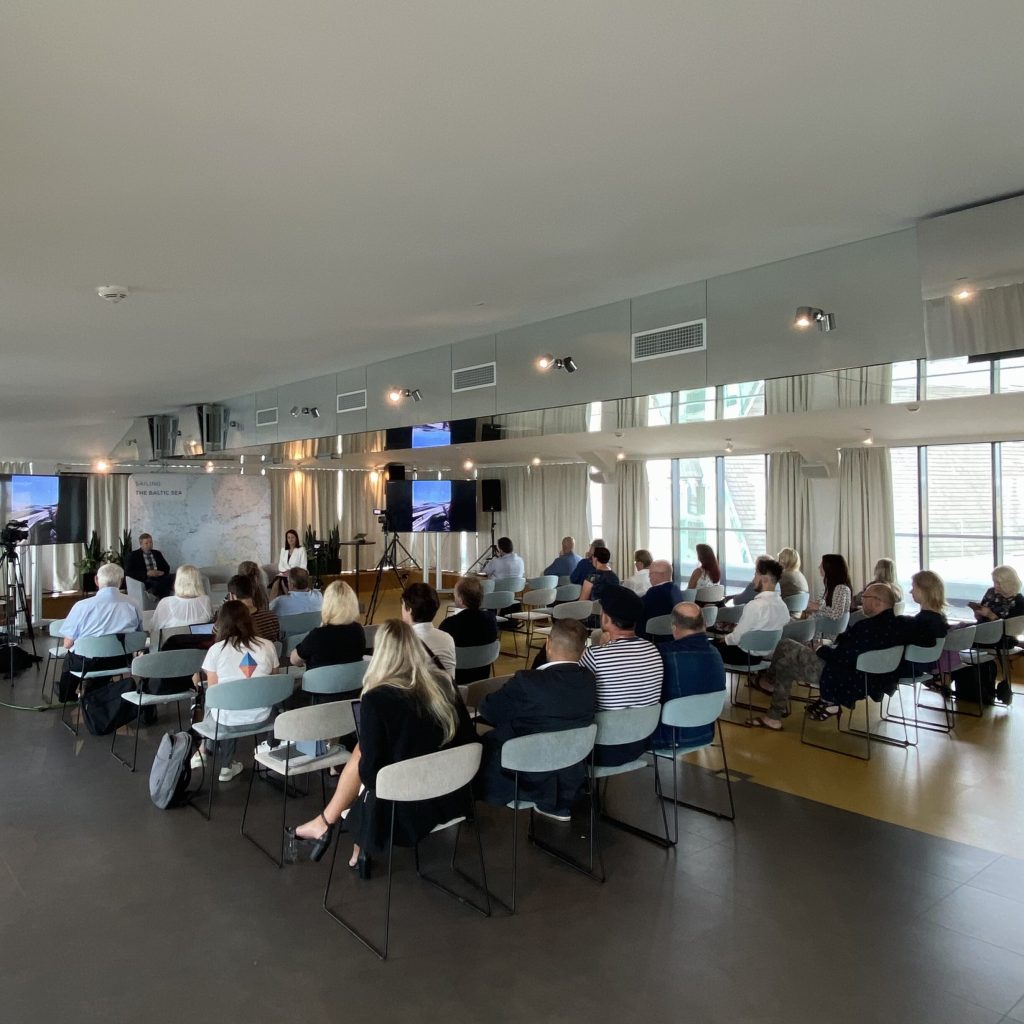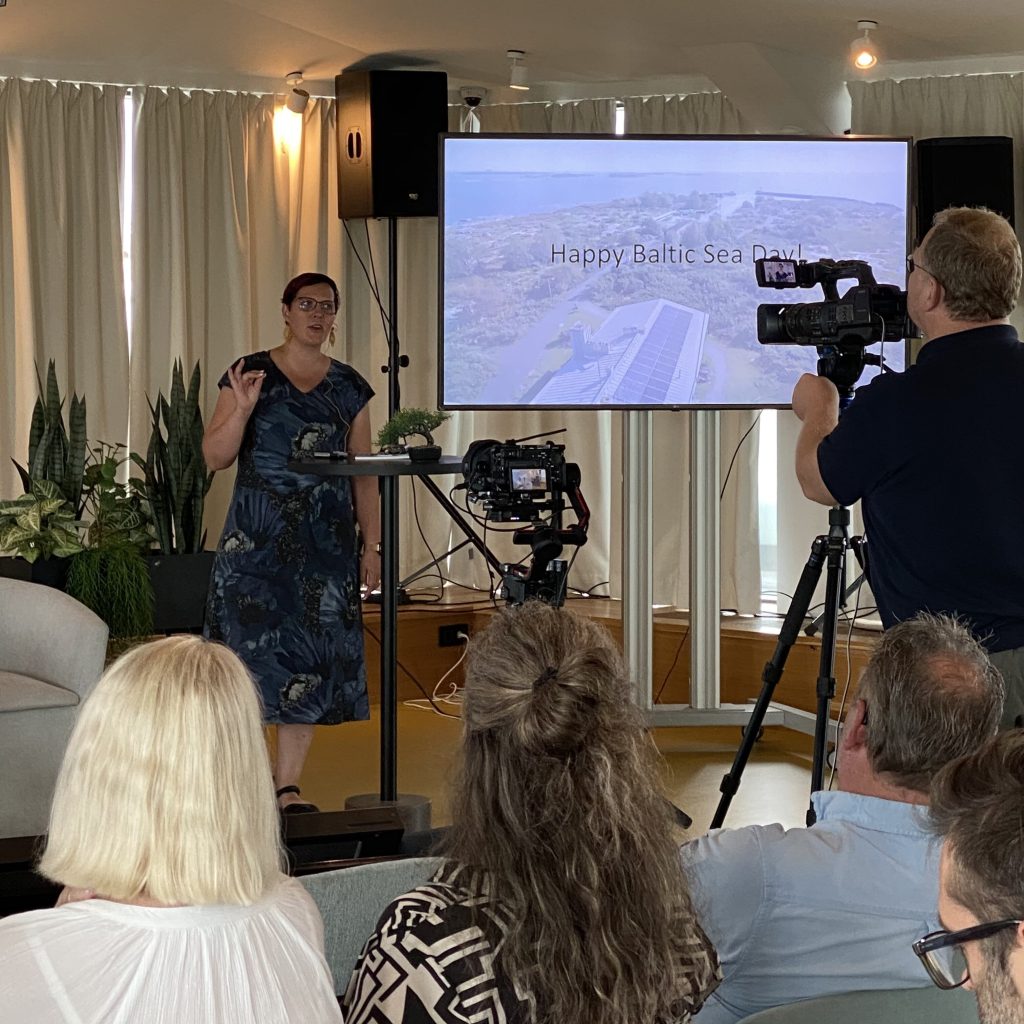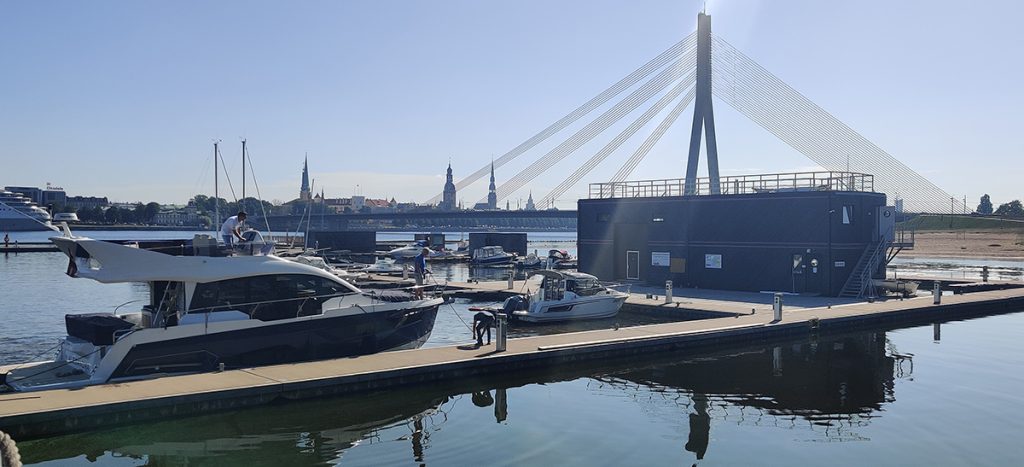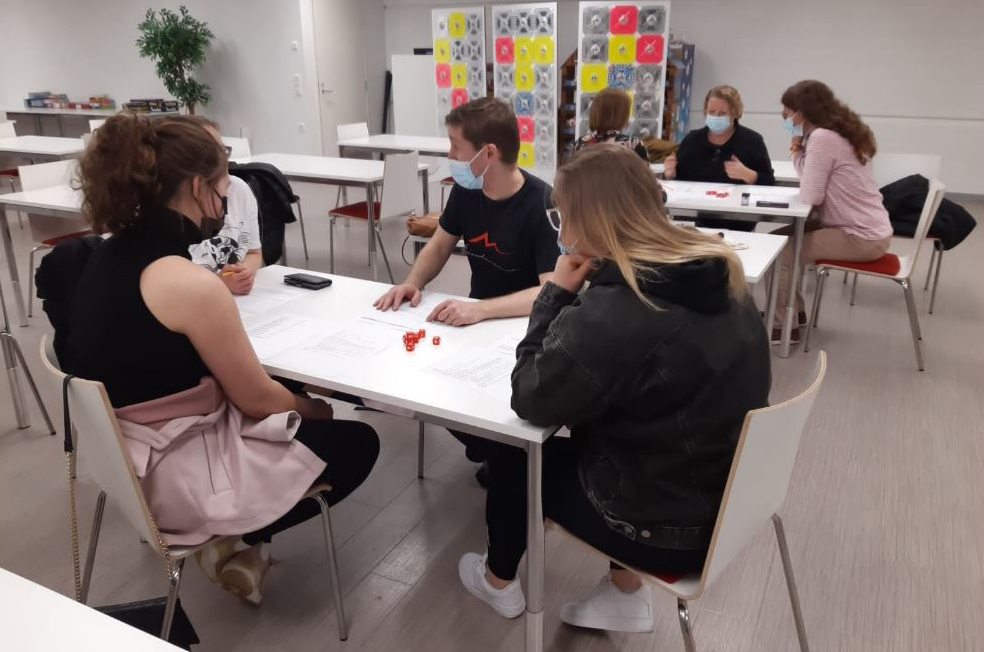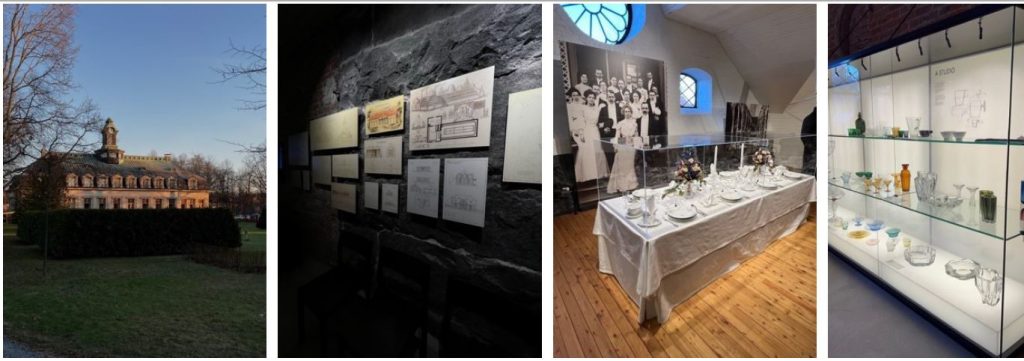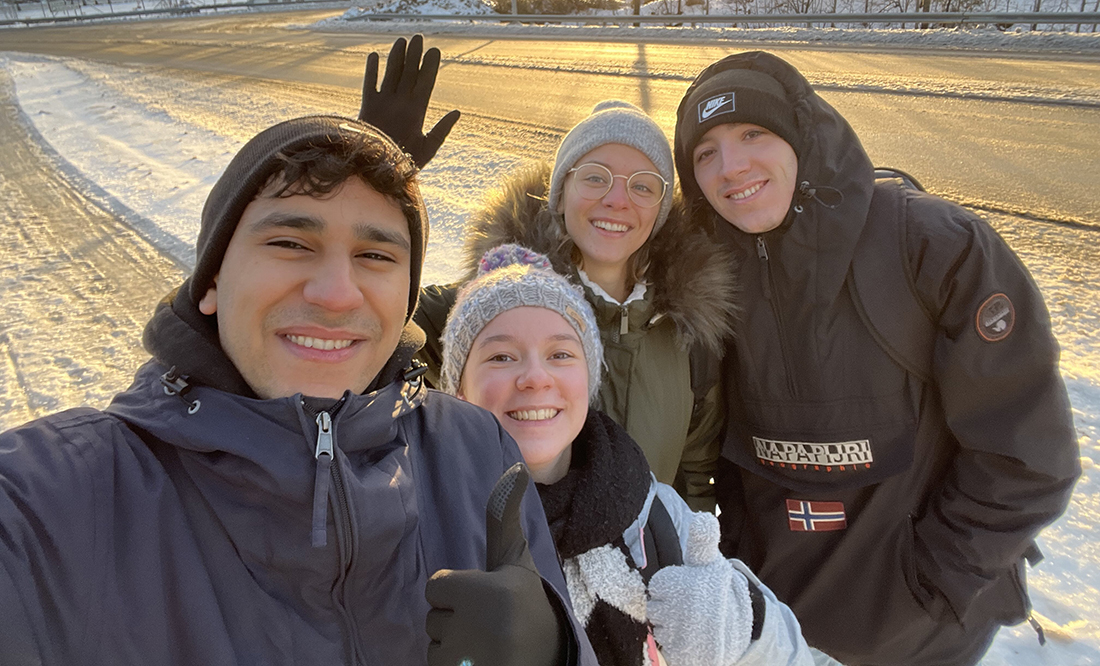Back in April 2019, Judith and Ragna were waiting at a hotel reception in Tampere. By the time we arrived in Pori it was like we would have known each other for a long time already. And yet it was only some weeks earlier that we got the first enquiry from HZ from two teachers who wanted to visit us under the Erasmus+ teacher mobility programme. HZ? A University of Applied Sciences in the Netherlands. Completely new to us, but of course we were happy to welcome a new partner.
During the visit we learned how very similar HZ and SAMK are when it comes to teaching philosophy, pedagogical methods, research interests, degree programmes, and even administratively, considering e.g., the size of the school or organizational form. Both schools represent higher education in rural areas focusing strongly on co-operation and development projects with the organizations in the area.
The plan was to pay back the visit, but then Covid19 forced us to find immediately new ways to co-operate. Tourism management students of HZ needed clients for their development project and since the owner of an adventure company suddenly had spare time in their hands, I interrupted their forest skiing trip and asked to co-operate with HZ students in spring 2020.
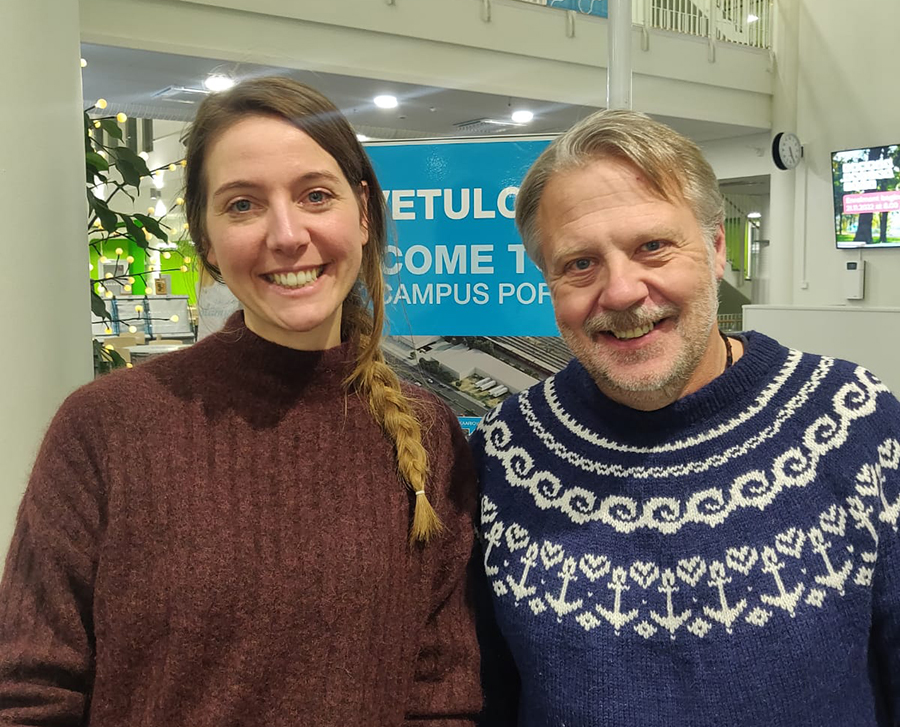
This autumn we finally had a chance to continue building even stronger relationship within tourism education. Mirthe visited SAMK and finally I had a chance to visit Vlissingen. In the meanwhile, our tourism student had done her exchange studies at HZ, and we also had incoming exchange students from HZ. But as I like to promote to our students especially partners, who I know well, I was so happy to finally visit HZ Café and shop myself, see student lounges and classrooms – and of course, students.
During my teacher exchange I joined Scrum-session with the second-year students and followed their presentations on cultural awareness. I gave lectures on seasonal employees, connection between salary and job satisfaction, and on Finnish culture based on Hofstede, Trompenaars and Lewis, as requested. And I must say I felt slightly intimidated to give a lecture on Dutch scholars – for the Dutch.
The highlight of my visit was when I saw genuine interest on students’ faces when I introduced SAMK as an exchange opportunity for them. One of my lectures was also joined by 14 prospective HZ students interested in tourism studies. They were hosted by study buddies, and they had lunch together during the day when they followed the regular schedule of tourism students. Hopefully prospective students of HZ will also be our prospective incoming exchange students!
Learning even better how same and yet different we as schools are, gave me lots of ideas. For example, in the Netherlands tourism studies follow the same profile in all schools, whereas in Finland, we have the flexibility to design our own curricula, even though tourism educators have a strong and active co-operation network. This provides a great opportunity for us to provide complementary studies for HZ tourism management students.
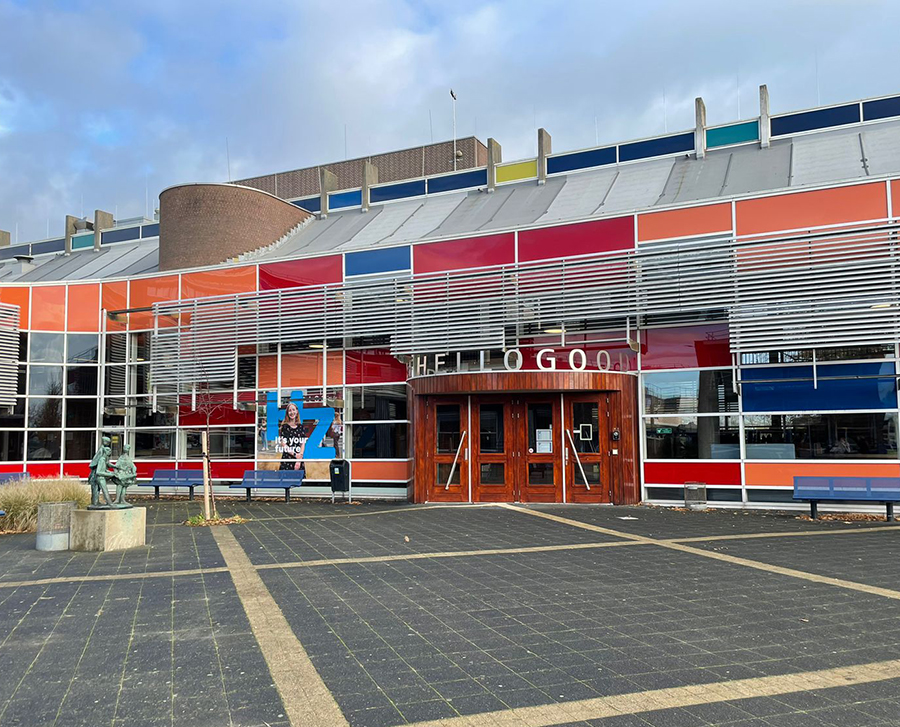
All great business stories start from a garage, and HZ has their very own Garage, where interdisciplinary teams of students make projects for organizations that have requested students to develop something for them. I also had a pleasure to visit the daily stand-up, which was scheduled exceptionally for the afternoon due to my visit. All in all, I could not have felt more welcomed with so many people being aware of my visit, having my own desk at the staff working area, being invited into daily conversations, and being accompanied by both tourism and sport management teams for a dinner.
Since April 2019 when Judith and Ragna had the opportunity to stand on a (piece of) frozen sea, SAMK and HZ have also partnered in Skills4CMT-project together with some of our other national and international partners. I would like to encourage our colleagues in SAMK and HZ to look for co-operation opportunities in research and education, including student mobility, as I am sure there are many possibilities for us to discover how to #thinkfuture, and to ensure #itsyourfuture.
Text: Heini Korvenkangas, Senior Lecturer
Article photo (top photo): Judith van Poppel and Ragna Brouwers visited the Yyteri beach in winter.

